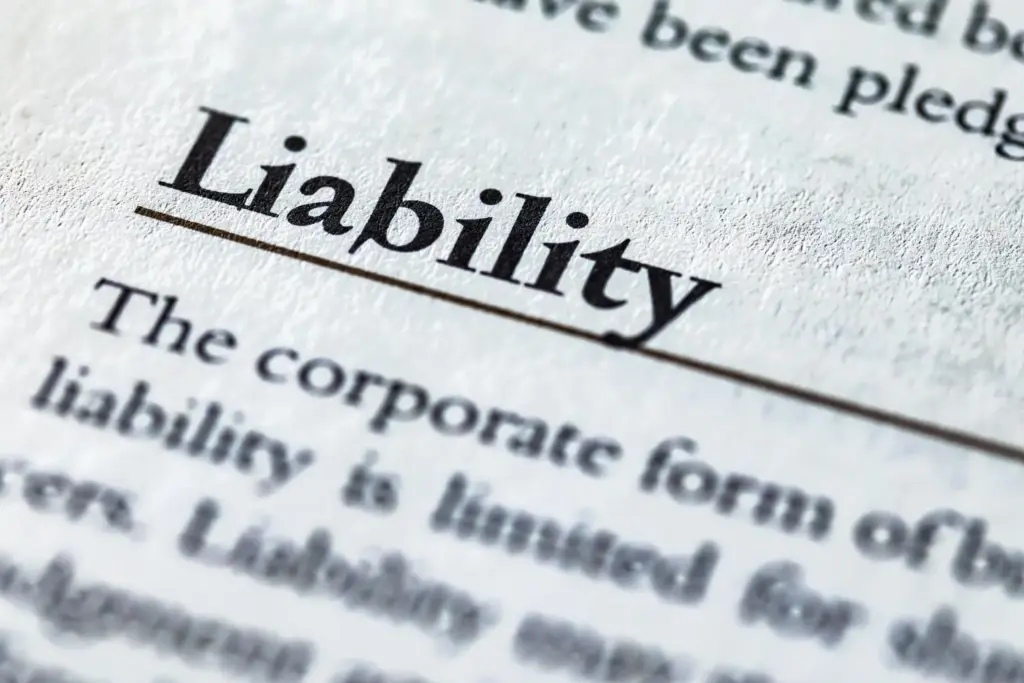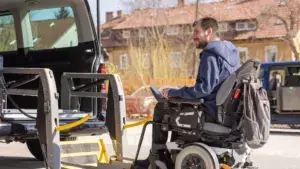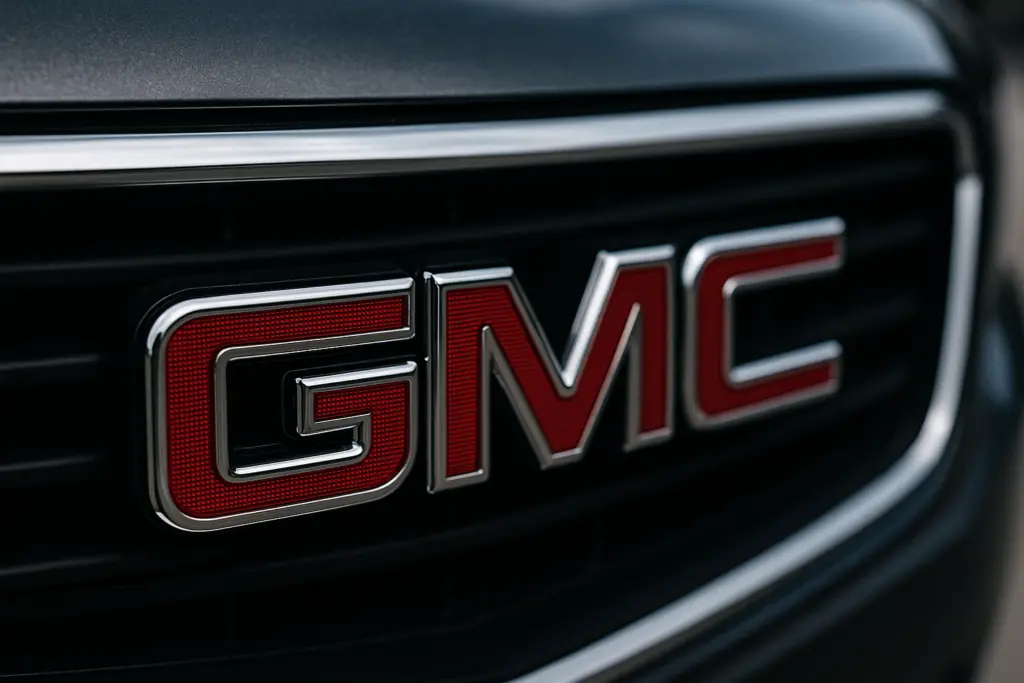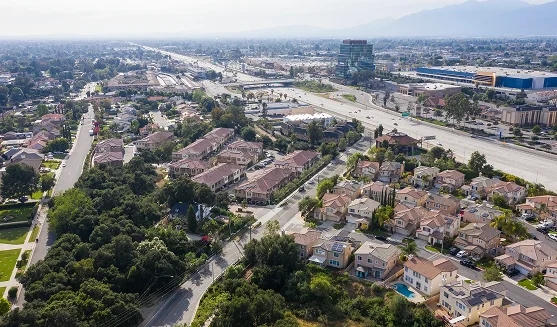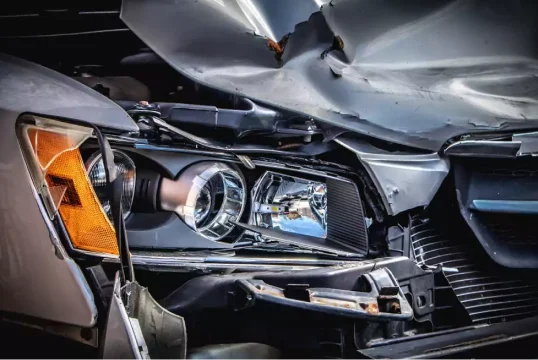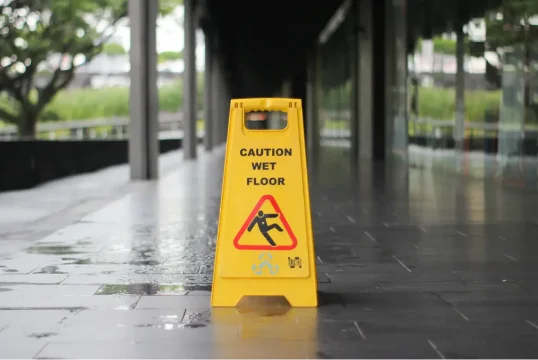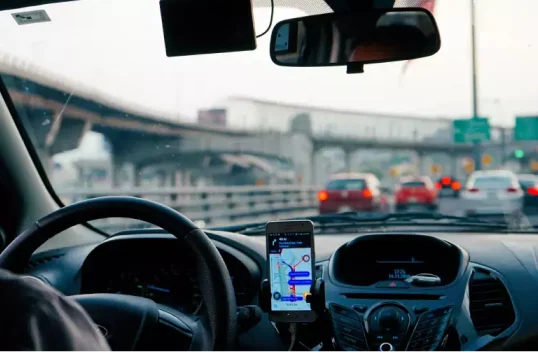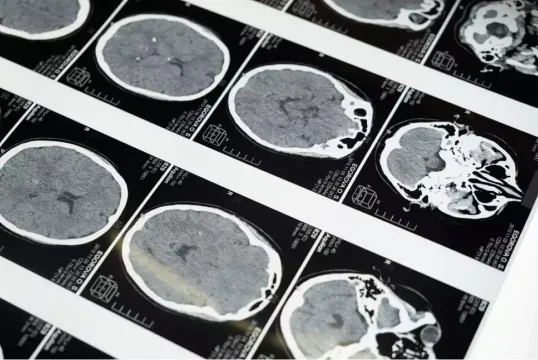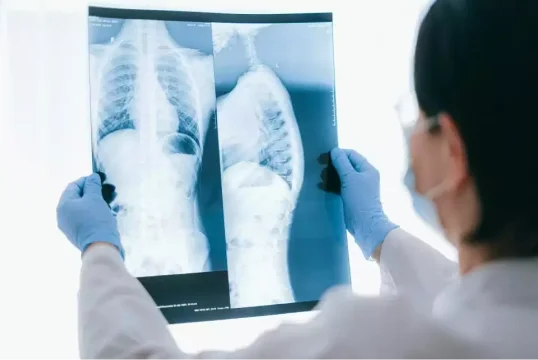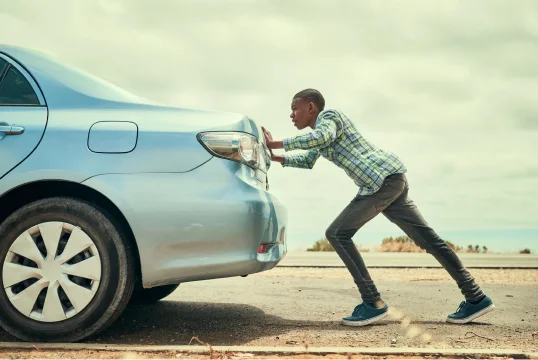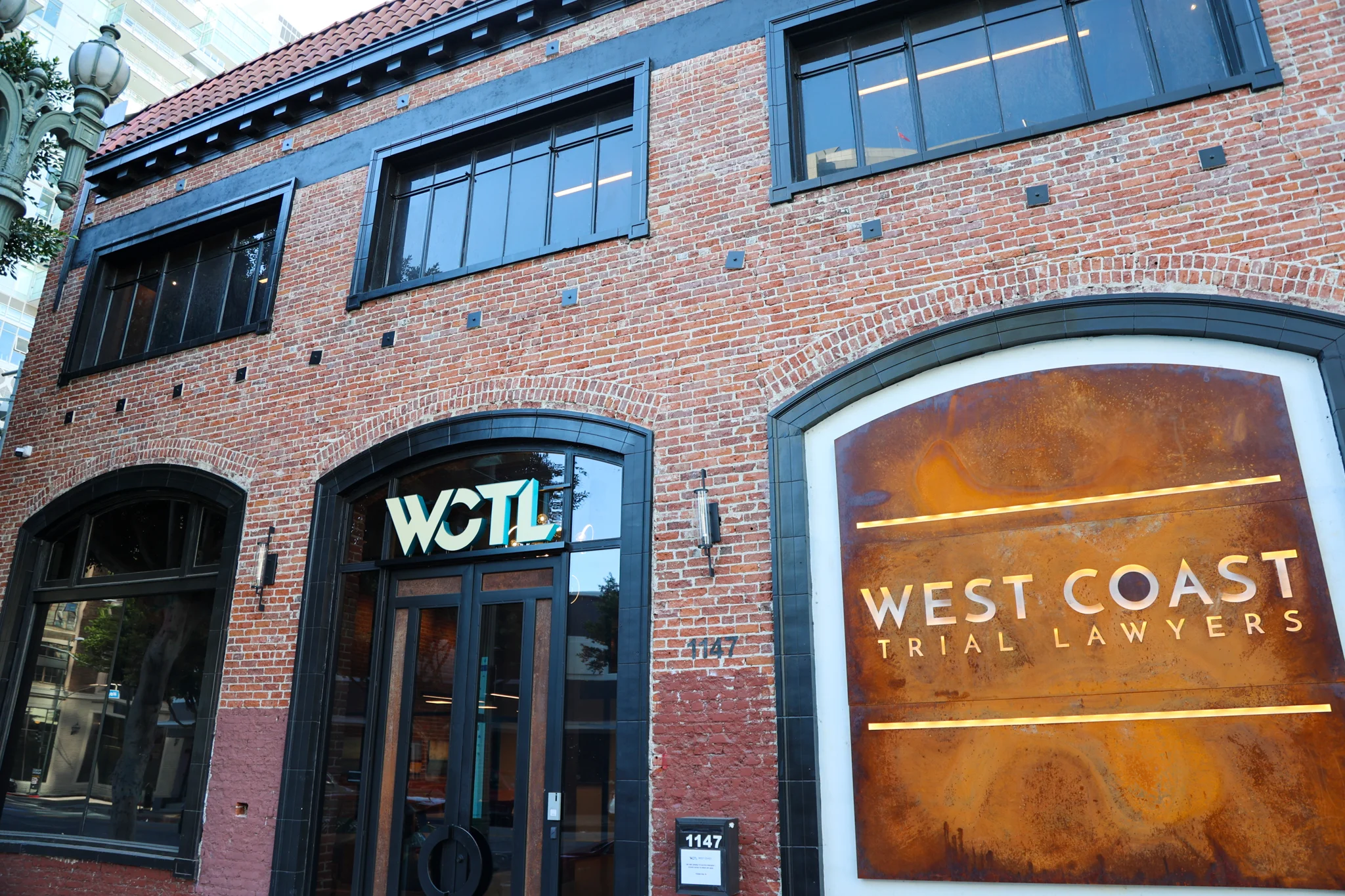Many head-on collisions happen when a driver ends up on the wrong side of the road and strikes into other vehicles that are not traveling in the same direction. The impact can be abrupt and violent, leaving individuals with minimal time to react. The outcome can result in severe or life-threatening injuries, requiring victims to receive immediate medical attention. This experience can ultimately contribute to both physical and emotional trauma, along with financial burdens that come with the recovery process.
Affected victims are welcomed to reach out to West Coast Trial Lawyers for assistance. Our group of expert attorneys can assess your case, identify the at fault party, and establish an effective approach with your needs and expectations in mind to deliver satisfactory results.
With over 20 years of experience handling personal injury cases and a strong track record of providing positive client outcomes, our law firm is dedicated to advocate on behalf of injury victims and help them recover the compensation they deserve.
To set up a FREE consultation, you can reach out to us by calling (213) 927-3700 or filling out our quick online contact form.
What Is Meant By a Head-On Collision?
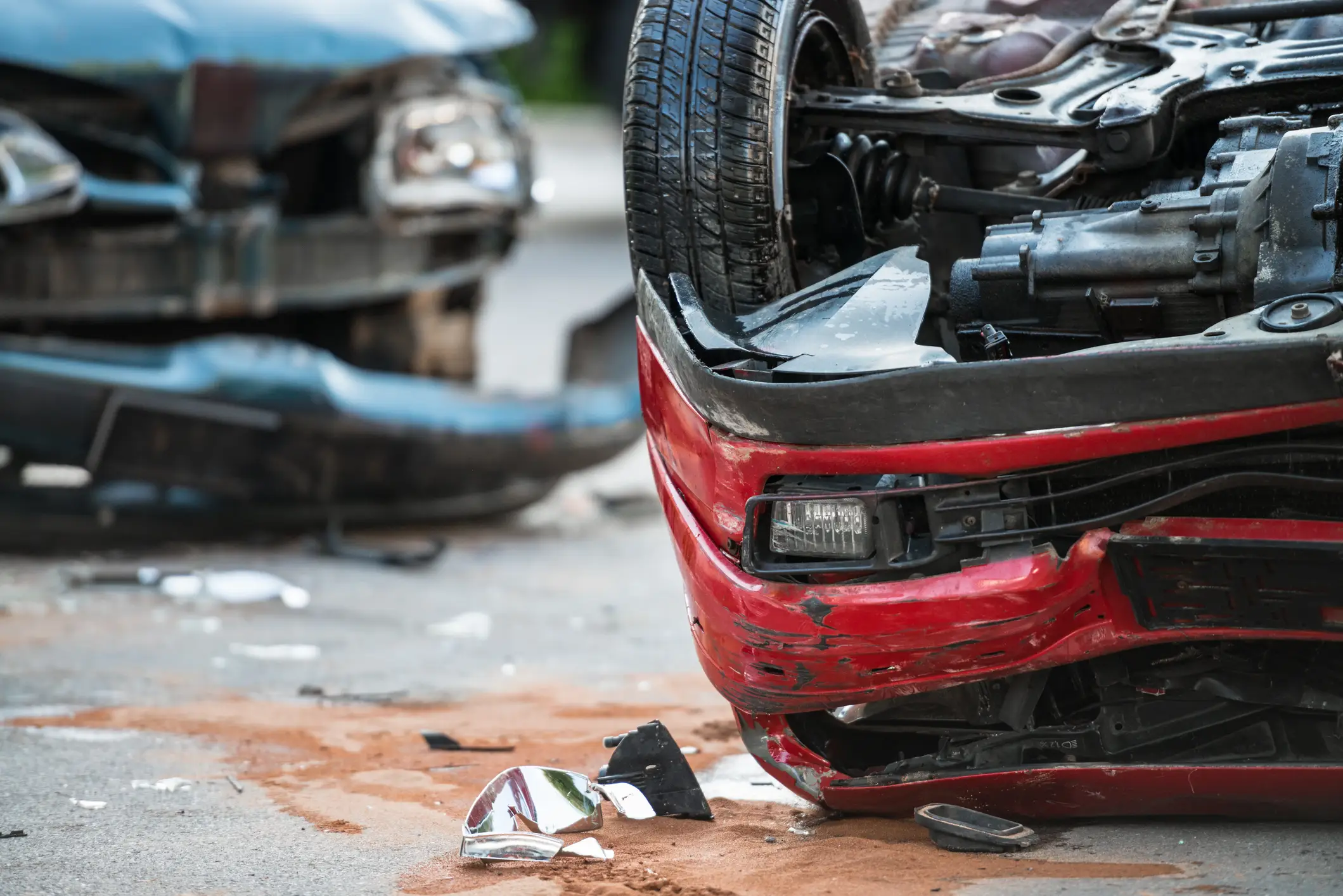
A head-on collision refers to an auto accident in which the front ends of two vehicles traveling in different paths collide with one another. This usually happens when a driver crosses into oncoming traffic due to:
- Distracted driving
- Confusing road signs
- Driver fatigue
- Poor road conditions
How Serious Is a Head-On Collision?
A head-on collision can be very serious, and may result in catastrophic injuries or even death. This particularly applies if a vehicle is traveling in the wrong way at high speeds. With such a high level of energy transfer involved, the outcome can be devastating. According to the National Safety Council, head-on collisions accounted for 29.9 percent of fatal crashes with other vehicles in 2023, making it the second most dangerous type of accident on US roads.
How Is Fault Determined in a Car Accident?
Some form of negligence on the behalf of one, or both drivers, is often the culprit in a head-on crash. Generally, there is no real reason for such an accident to occur unless reckless driving is involved.
If you were injured as a result of a head-on collision, the burden of proof will be on you to prove negligence on behalf of the other driver who may have been the cause of the collision in order for you to recover any damages.
Liability can be determined, for example, by analyzing skid marks left on the road after a collision, although this is not always the case. In order to establish fault, you will need to initiate an investigation to collect critical evidence at the scene to help demonstrate the following elements of negligence:
- The defendant owed you a duty of care
- The defendant failed to uphold their duty of care
- The defendant’s behavior was the direct cause of your injury
- You sustained losses, like medical bills or emotional distress, due to the head-on collision
Under California’s pure comparative negligence rule, it is possible for all parties to share liability and still recover compensation. However, it will be adjusted to your percentage of fault. So, if the incident resulted in total damages of $100,000 and you contributed to 10 percent, you may be entitled to $90,000.
Other states, like Nevada, Arizona, and Washington, run under a different liability system.
- Nevada complies to the modified comparative negligence law, meaning that if a plaintiff is found more than 50 percent at fault for the incident
- Arizona and Washington also follow the pure comparative negligence system, meaning that damages can be recovered even if you were partially accountable for the event
What Happens if Someone Unfortunately Perishes in a Head On Collision?
If a person passes away as a result of a head-on collision, the surviving family members may file a wrongful death claim to secure compensation for any losses incurred. Under California’s Civil Code of Procedure 377.60, the following individuals may be entitled to pursue such legal action:
- Surviving spouse or domestic partner
- Children
- Issue of deceased children
- Anyone who is entitled to the decedent’s property in accordance with intestate succession laws
Penalties for Head-On Collisions
Triggering a head-on collision can result in severe legal penalties under state traffic laws, especially if it involves reckless driving or driving while under the influence (DUI). These do not just increase the risk of crashes, but also the likelihood of deadly head-on impacts. Take reckless driving, for example. The National Highway Traffic Safety Administration (NHTSA) stated, in 2023, that nearly 11,775 speeding-related fatalities occurred. Nineteen percent of drivers involved in these crashes were speeding at the time of impact, and 29 percent of those killed were in speeding-related traffic collisions.
Wrong-way driving is another form of recklessness, which almost always results in a fatal head-on collision. Among these, DUI stands out as a leading factor as over 60 percent of wrong-way drivers are found to be intoxicated, with a blood alcohol concentration (BAC) of 0.08 percent or more. DUI’s, in particular, have been linked to a high number of deadly accidents. About 30 percent of fatal traffic crashes in the U.S. involve drunk drivers. In 2023, it was reported that 12,429 people died as a result of alcohol-impaired driving. On average, within a 10-year period, nearly 11,000 people passed away due to drunk-driving crashes.
In most states, drivers who cause head-on collisions while being intoxicated or acting recklessly may receive felony charges, prison sentences, fines, and/or a revoked license. These legal consequences will be determined based on the extent of injury and damages presented. Let’s take a look at what some states enforce when met with such circumstances.
California
Under CVC 23103, reckless behavior is defined as operating a vehicle with willful or wanton disregard for safety. It is usually charged as a misdemeanor, which will result in up to 90 days in jail and fines ranging between $145 to $1,000. If reckless driving causes bodily harm, the charge may increase to six months of jail time and a fine between $220 to $1,000 (CVC 23104).
According to CVC 23152, it is illegal to operate a vehicle with a BAC of 0.08 percent or higher, or while impaired by drugs or alcohol. A standard DUI without injury involved will be charged as a misdemeanor. Punishments (CVC 23536) may include a minimum of 96 hours in county jail with at least 48 hours continuous – no more than six months total. A fine between $390 to $1,000 may be issued, along with a license suspension under CVC 13352 or 13352.1.
In addition, it is a crime to drive while under the influence of drugs or alcohol (or both) and, simultaneously, perform illegal actions, like running a red light, while also causing bodily harm onto another road user (CVC 23153). Those who go against this regulation will be sentenced to state prison or county jail for 90 days to one year and receive a fine between $390 to $1,000. Their driver’s license will also be suspended (CVC 23554).
If either of these actions result in a fatality, the driver will face charges under Penal Code 192(c) for vehicular manslaughter involving ordinary negligence, or under Penal Code 191.5 for gross vehicular manslaughter while intoxicated. This will be a felony offense that will carry a prison sentence of 4, 6, or 10 years. Repeat DUI offenses and aggravating circumstances can cause sentence enhancements, thus leading to harsher consequences.
Arizona
Arizona has tough enforcement policies when dealing with reckless driving and DUI. Under ARS 28-693, such careless behavior is considered a criminal misdemeanor. A first offense is punishable by up to 4 months in jail along with fines and a license suspension. A second offense within a 2-year period will be a Class 1 misdemeanor and may require mandatory prison time. Aggravated DUI is a felony, not just a traffic violation. It applies if either of the following are involved:
- A person is driving while having a suspended license
- A third DUI is given within 7 years
- A child under 15 is a passenger in the vehicle
- A DUI causes serious injury or death, leading to manslaughter charges
Washington
Like Arizona, Washington State also imposes strict DUI and reckless driving laws. Under RCW 46.61.500, reckless driving is classified as a gross misdemeanor and may result in the following penalties:
- Up to 364 days in jail
- Maximum fine of $5,000
- Up to a 30-day license suspension
A person may be guilty of DUI if, within two hours of operating a vehicle, they are under the influence of alcohol, cannabis, drugs or have a BAC of or above 0.08 percent. This is usually considered a gross misdemeanor and can become a class B felony if three or more DUIs have been reported in 10 to 15 years or if the driver has previously been convicted of vehicular homicide/assault while under the influence or has equivalent out-of-state offenses (RCW 46.61.502). Under RCW 46.61.5055, penalties will increase with prior offenses and BAC level. A first offense within seven years, if a BAC is below 0.15 percent, is no less than 1 day or more than a 364 day prison sentence plus 60 days of electronic home monitoring (EHM).
A second offense within 7 years (BAC less than 0.15 percent) will result in a minimum of 40 days in jail, but can go up to 364 days. EHM may also apply, with 60 days required unless substituted under specific circumstances. A fine of at least $500 up to a maximum of $5,000 may be presented. If the BAC is at or above 0.15 percent, jail time will be at least 45 days, up to 364 days. EHM will be 90 days. Fines will be between $750 to $5,000. A third offense in 7 years, with a BAC less than 0.15 percent, will result in a jail time of at least 90 days and can go up to 364 days. A 24/7 sobriety program may also be required for six months, if available in the area. EHM will be 120 days, and fines will be between $1,000 and $5,000.
If a driver has committed three or more offenses in 10 years or the DUI resulted in a death or injury then it may be a felony DUI, which is a much more serious crime. This means a longer prison time and larger fines. A felony will be included on the driver’s criminal record. Other harsher consequences may also be enforced.
Nevada
Reckless driving in Nevada can result in prison time of up to six months and a $250 to $1,000 fine. A second offense will be no less than $1,000 but no more than $1,500 and county jail for up to 6 months. A third offense is a $1,500 to $2,000 fine or jail time lasting as long as 6 months (NRS 484B.653).
A driver may be charged with a category B felony if they are impaired due to chemical substances or have a BAC of or above 10 percent and caused death or substantial bodily harm to another individual. Punishments may include a prison sentence of 2 to 20 years with no probation or suspended sentence along with a fine of $2,000 to $5,000 (NRS 484C.430).
Auto Insurance Requirements
All states have their own minimum auto insurance requirements. Below are some notable examples:
- California: You must have at least $30,000 bodily injury per person, $60,000 bodily injury per accident, and $15,000 for property damage
- Arizona: This state requires no less than 25/50/15
- Nevada: Drivers will need to have, at the very least, 25/50/20
- Washington: You must have a minimum of 25/50/10
What Damages Are Available in a Head-On Collision?
In a head-on collision, injured victims may seek compensation for any emotional or financial losses incurred. This is typically distributed into two categories: economic damages and non-economic damages.
Economic damages refer to measurable expenses you sustained due to the crash, like medical bills, lost wages, or property damage. Non-economic damages compensate for the psychological impact you suffered as a result of the event, including emotional distress and pain and suffering.
Punitive damages may also be included, but it is rarely given. This is intended to punish the wrongdoer for egregious behavior, such as:
- Drunk driving
- Road rage
- Intentional harm
To prove punitive damages, you will need to gather evidence that shows how the defendant acted malicious or grossly negligent.
If you would like to get an idea of what you could be awarded in a head-on collision, you can use our personal injury settlement calculator by inputting the expenses you endured as a result of the event.
Involved in a Head-On Collision? Contact West Coast Trial Lawyers for Legal Assistance
If you were involved in a head-on collision due to someone else’s negligence, you may be given the right to file a personal injury claim to seek damages. At West Coast Trial Lawyers, our team is equipped to navigate through legal complications that may arise with these types of serious cases. We will start an investigation, collect evidence, negotiate with the opposing side, and work diligently to ensure you are granted the compensation you need to move forward.
To book a FREE consultation, you can connect with us by calling (213) 927-3700 or completing our easy online contact form.
